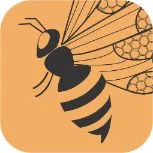What is honeycomb? A Comprehensive Details about honeycomb
Honeycomb is a series of hexagon-shaped cells made from beeswax which contain raw honey. It is a natural product made by the little honey bees to store honey and bee pollen and is the house for their larvae. Honey and honeycomb both begin in the form of the nectar that is collected by the bees by visiting millions of flowers. After the honeybees’ digestion and regurgitation, this collected nectar gets turned into honey and is transformed into wax combs afterwards.
The honeycomb structure is made up of two essential parts including the firm and textural primary surface region, and the honey and nectar partition which is stored inside the compartments available in hexagonal shape. The honeycomb that is safe to eat comprises the waxy, geometrical-shaped cells from inside the bee colony along with the honey and pollen found in the middle of the cells. Honeycomb is remarkable on the grounds that it doesn't need to be processed - it's the natural product that comes straight from the beehive and can be consumed raw. Honeycomb is to some degree a solid variant of liquid honey, but it is raw in its original form.
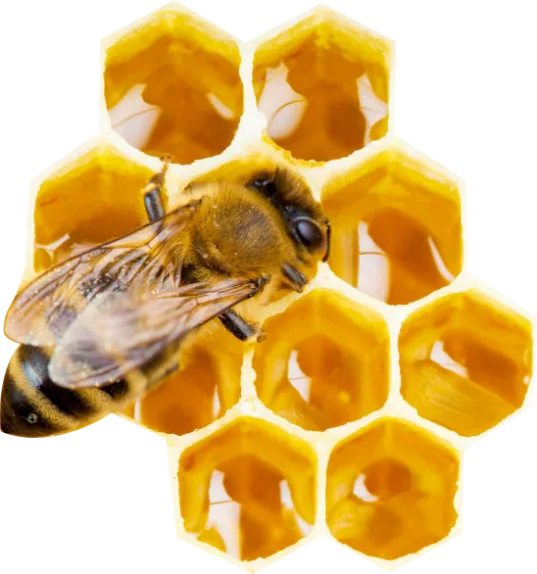
Why Bees Make Hexagonal Structure?
Honey bees are not novel in their selection of the hexagon as an underlying structure shape. The hexagon has been used all through advancement because of its straightforwardness, strength, and durability. Vascular plants have a water-transporting tissue known as xylem. As the name suggests, this water-transporting tissue carries water from the roots to the leaves of the plants where it will be utilized during the time spent photosynthesis to build sugar molecules. Water from the dirt and carbon dioxide from the air join to build plant sugars in an interaction known as carbon obsession. The hexagon is utilized by many plant species in the construction of xylem tissue.
The hexagon grid structure is additionally incorporated into animal bone tissue. The hexagonal lattice of bone tissue gives strength yet additionally gives bones a lightweight quality. This upgrades versatility without making unjustifiable weight on skeletal muscle groups.
Honey bees are creatures that utilize brilliant design to make their hives. Paper wasps (Polistinae) develop their homes from paper utilizing a rehashing hexagonal honeycomb design. Although they don't create nectar, they do utilize hexagonal cells for creating brood similarly as.
The hexagon is the base shape for the honeycomb structure that limits the requirement of development material while simultaneously expanding the strength and lessening the heaviness of the end result.
Is Honeycomb Nutritious?
Honeycomb is fundamentally beeswax and raw honey. The beeswax has almost no healthy benefit except for little measures of nutrient A. As our system doesn't separate beeswax, it's anything but an excellent wellspring of roughage. Raw honey on the other hand is truly nutritious; loaded with nutrients, enzymes, antioxidants and pollen. Curiously, the most nutritious of all raw honey is the one that is actually fixed in the wax cells of the honeycomb. Honey in its most perfect structure (inside the cells of honeycomb) contains no water content. Yet, honey, when presented to air, tends to pull water from the climate. Along these lines, honey that is eliminated from the brush and presented to air holds around 12% more water than nectar left fixed in the brush. This weakening makes a slight, however quantifiable distinction in dietary benefit by weight. Honey that stays fixed in the beeswax honeycomb cells is without question the most purest and nutritious type of honey!
.webp)
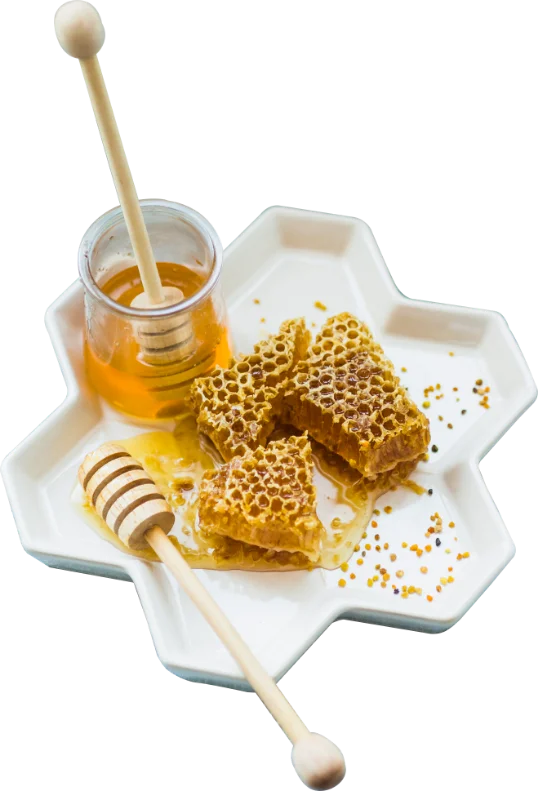
How To Eat Honeycomb?
There are numerous ways to consume honeycomb. While you can eat it in its original form, this bee product is a superb spread for bread or muffins. Honeycomb may likewise be utilized as a sugar in pastries — or on top of cereal, pancakes or yogurt.
Many people may like to appreciate a piece of honeyc
You can swallow it, yet I don't think that it's engaging. Simply let iomb on salad or with fruits, charcuterie, or cheeses. When picking honeycomb, remember that the hazier the honey, the more extravagant its gainful compounds, like antioxidants.
Honeycomb can be kept for longer periods at room temperature. The more you keep it, the likelier it is to crystallize— however its solidified structure stays palatable.
-
Chew Honeycomb
Honeycomb can be consumed normally by cutting and chewing it.
It doesn't take extra effort to get all that sweet honey out of the comb. After squeezing honey out of it, one will end up with getting a waxy chunk of flavorless gum. It is good to chew it, enjoy the deliciousness of raw honey and spit it out. -
Spread Honeycomb
On heating beeswax gets softened. Putting honeycomb on hot food (toast, hotcakes, waffles, and so forth) softens the wax making it more spreadable and simpler to swallow.
In case you're eating something cold (like a wafer), just cut an extremely thin piece of honeycomb as it is simpler to spread it because of less wax in it.
When the honeycomb is spread, you'll hardly feel the wax as you eat it. Go ahead and add some jam or cheese or your favorite ingredients to the honeycomb cracker to make it extra delicious.
-
Crush And Strain Honeycomb
This is one great option for those who don't like to eat beeswax. Honey can be extracted by crush and strain method and can be enjoyed with your favorite food.
Are There Benefits to
Eating Honeycomb ?
Honeycomb is a natural delicacy and is perfectly safe to consume. Both the honey and the waxy hexagonal cells of the comb, the added chewy texture of the comb is an additional advantage.
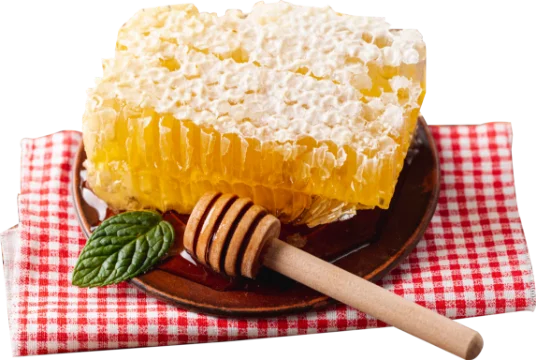
-
Rich in Nutrients
Honeycomb is wealthy in carbs and antioxidants. It contains the amounts of a few different supplements. It offers modest quantities of protein, nutrients, and minerals — yet is made out of 95–99% sugar and water
.Since it hasn't been processed, it contains compounds like glucose oxidase, which give honey antimicrobial and antibacterial properties. Such enzymes are obliterated by the warming and filtering used to process most commercial honey.
Besides, raw honey is more averse to be debased with sugars like high-fructose corn syrup and furthermore will in general contain a larger number of cancer prevention agents than processed honey.
Antioxidants are advantageous plant compounds that advance wellbeing, decrease irritation, and safeguard your body against illness. Their levels might be up to 4.3 times higher in raw honey than in processed one.
Polyphenols are honey’s fundamental sort of antioxidants. Exploration proposes that they may assist with lessening your risk of diabetes, dementia, coronary illness, and surprisingly particular kinds of cancer.
Honeycomb additionally contains beeswax, which gives heart-solid long-chain unsaturated fats and alcohols. These mixtures may assist with bringing down cholesterol levels
-
Promotes Cardiovascular Health
For example, one audit noticed that beeswax alcohols may help lower "bad" LDL cholesterol by up to 29% while raising "good HDL cholesterol by 8–15%. In any case, the investigations in this survey utilized significant degrees of separated alcohols obtained from beeswax, making it hard to tell whether the modest quantities of beeswax in honeycomb would deliver similar impacts. All things considered, honey itself may have a similar cholesterol-bringing down capacity.
One small study gave members either 70 grams of sugar or honey each day. Following 30 days, those in the honey group raised their "good" HDL cholesterol by 3.3% and brought down their "bad" LDL cholesterol by 5.8%
.Furthermore, supplanting sugar with nectar may likewise assist with bringing fatty substance levels down by up to 19%.
Moreover, honey's antioxidants may assist with enlarging the veins prompting your heart. Thus, this may increase blood flow and lower circulatory strain, conceivably decreasing your risk of blood clumps, cardiovascular failure, and stroke.
-
Protection Against Infections
Honeycomb may help your body's capacity to battle certain microorganisms and fungi. For example, various studies show that beeswax concentrates may offer protection against fungi and sickness-causing microorganisms.
Honey is additionally known for its antimicrobial properties. Examination shows that it might assist with securing your gut against the intestinal parasite Giardia lamblia. However, human studies are expected to affirm these impacts.
-
Reduces Coughing in Children
Honeycomb may also assist with diminishing cough and cold symptoms in kids. Kids are prone to upper respiratory diseases which can cause coughing. Examination proposes that it may assist with suppressing the cough.
In one examination, eating just 1/2 teaspoon (2.5 ml) of buckwheat honey 30 minutes before sleep time was more successful than cough syrup at decreasing youngsters' coughing-related inconvenience. Honeycomb probably gives similar advantages, since it is wealthy in honey.
All things considered, honey contains spores of the C. botulinum microscopic organisms, which can be bad for the infants. Hence, honey or honeycomb ought not be given to kids below the age of 1 year.
-
Improves Liver Function
Honeycomb has shown positive effects on liver health.
In one 24-week study, a combination of beeswax alcohols was offered day by day to individuals with liver infection. Eminently, 48% of those in the beeswax group revealed an abatement in side effects — like stomach torment, swelling, and queasiness — versus just 8% in the placebo group.
In addition, liver functioning became normal in 28% of those given beeswax alcohols — contrasted with none in the placebo group.
These outcomes however appear to be encouraging, it's muddled how much honeycomb you'd need to burn-through to accomplish similar advantages. Hence, more investigations in people are required before solid conclusions can be made.
A Good Sugar Alternative for Diabetic People: Honeycomb has proven to be a decent choice to sugar for individuals with diabetes. That is to some extent since honey is a lot better than sugar, so more modest amounts are expected to accomplish a similar degree of sweetness. Also, honey seems to raise glucose levels but not as refined sugar.
All things considered, honey actually increases glucose levels — so individuals with diabetes shouldn't devour it excessively. Also, the alcohols found in beeswax may assist with lessening insulin opposition, a condition that adds to high glucose levels.
One small examination in individuals with nonalcoholic fatty liver disease (NAFLD) — an ailment wherein fat collects in your liver, frequently joined by insulin opposition — found that beeswax liquor extricates diminished insulin levels by 37%.
These lower insulin levels may show decreased insulin opposition, which could likewise benefit individuals with diabetes. Remember that better examinations are still required.
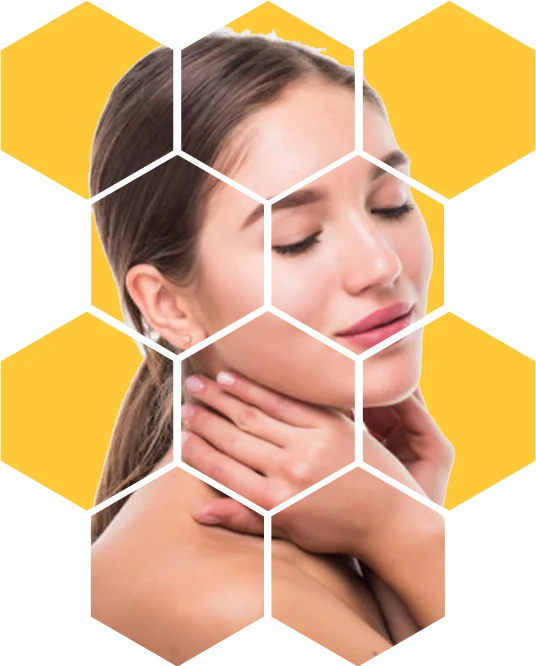
Is Honeycomb Good for Skin?
Honeycomb contains regular wax substance produced in the hives. Working drones produce the wax, and the hive worker bees gather it to frame the cells which store the honey produced by the hive.
Once eliminated from the hive, this honeycomb wax can be used in numerous ways. It tends to be utilized for specialties and candles, food sources, furniture clean, surfboard wax, and a lot more applications and keeping your skin sound.
Honeycomb recuperates and mollifies skin, and is an antibacterial specialist. It can help you battle conditions like skin break out, dry skin, dermatitis, and stretch marks. Raw honeycomb can assist you with making your own healthy skin lotions and creams uniquely defined only for you.
It has many mending properties. The mitigating properties of honeycomb support the recuperating of wounds. It is additionally defensive, forming a barrier between the skin and the climate without clogging up pores. Further, it is high in nutrient A, which has been found to help cell recreation and wellbeing.
The defensive nature of honeycomb helps hold in dampness and decrease dryness of skin. It's anything but a humectant, which implies that it draws in water. This aids in keeping the skin hydrated and delicate.
It is also rich in antibacterial properties. It helps keep the skin clean and diminishes the risk of eczema. Studies have shown that it can restrain the development of microorganisms and growth, assisting with conditions like diaper rash.
The hypoallergenic and saturating properties of honeycomb make it a successful treatment for dry skin and more significant issues like dermatitis. It can be utilized to treat the irritation of these conditions and forestall further drying out.
The nutrient A in honeycomb, alongside the disinfectant and mending properties, are acceptable medicines for skin inflammation. By mellowing the skin and aiding keep it saturated without obstructing pores, you can decrease skin inflammation episodes.
Can You Use Honeycomb In Your Tea
For all those who have got bored of adding honey to the tea and need to have a go at something else, a honeycomb snack offers a totally new sensation in a beverage. Since it's so flavor-filled and nuanced, it's ideal to begin your sippable excursion with a little piece of raw honeycomb. Here are some broad culinary rules to follow when enjoying this brilliant combination:
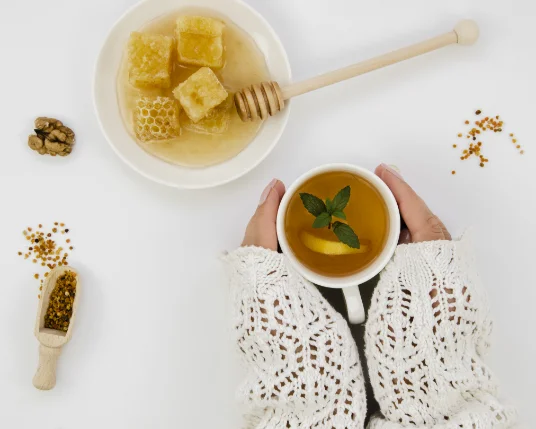
-
Brew your tea as you regularly do, however take care to keep it at around 105 degrees or underneath
If you don't have a food thermometer, a decent way to check it is to take a sip and keep it in your mouth for a couple of moments, it needs more cooling time. While hotter tea will dissolve both honeycomb and honey, the high warmth may likewise separate useful supplements in the honey and comb.
-
Decide how to add your honeycomb
Most honeycomb aficionados will simply pop a little piece of the comb into their tea straightforwardly. If you'd prefer to keep the wax contained while appreciating the advantages of off-the-comb honey, you could likewise pop your honeycomb piece into a disposable tea pack.
-
Allow a couple of seconds for the comb to soften and melt
You'll see the waxy tops of the honeycomb cells begin to soften away, permitting the sweet honey inside to stream into your tea. Fight the temptation to mix or foment immediately: great honey will "steep" into your tea the same way tea leaves are soaked into water. Try not to utilize milk items in the honeycomb tea, as the cool temperature of the milk entering the hot tea may make the wax particles bundle up.
-
Stir away
Honeycomb can and will make your tea become cloudy – this isn't risky or hurtful in any way and is totally palatable. The shadiness comes from the broken down beeswax in the clear tea, what you're seeing is the small disintegrated wax particles. Indeed, this is altogether safe to drink! If you don't care much about texture and taste, the broken up beeswax can essentially be skimmed off the top with a spoon and put away.
Potential Risks Of Eating Honeycomb
Honeycomb (or honey in any structure) ought not be fed to newborn babies and children less than 1 year. There are different risks worth focusing on.
.webp)
-
01.
Hypersensitivities
If you are adversely affected by honey bees or pollen, you might need to avoid consuming honeycomb. The National Honey Board says that "the measure of pollen particles in honey is infinitesimal," you could encounter an unfavorably susceptible response.
-
02.
Indulging Wax
At the point when honey is separated from hives, one needs to be mindful so as not to let a lot of wax go down the sink channel. This wax can solidify and obstruct the lines.
Exactly the same thing can happen to the body’s interior "pipes." Overeating honeycomb may cause stomach or intestinal blockages. What amount is excessive? There's not a firm response to that inquiry.
-
03.
Honey's High Calorie Content
High caloric substance is an issue with honey, not simply honeycomb.
It is about 40% fructose, a type of sugar. It has a larger number of calories than table sugar by volume: 16 calories for every teaspoon for sugar versus 21 calories for honey.
Like any food high in calories, honey and honeycomb can add to weight gain and the related intricacies. Make certain to consider it part of your sugar consumption.
Why is Honeycomb So Expensive?
Honeycomb is absolutely edible and, when harvested in the correct way, it offers not only the most costly honey you can buy but a delicious sweet treat, too.
In a honeybee’s life cycle of about 6 weeks, “older” bees build the comb or hexagonal waxy cells where eggs, bee bread and honey are stored safely. It is important to maintain the temperatures of these cells in the 90s and there must be a food source as well that will assist in triggering the bees for building the honeycomb. This in turn, will make beekeepers feed bees with an aim to get a leap on the three-month season of producing honey.
Brown-colored comb is a burr comb, which bees build specifically to raise drones, or male bees. At any time a hive frame has done any damage to the comb, honey bees appear to rebuild the smashed area with the larger, darker comb. Brown-colored comb could also be an old honeycomb, which gets darker and drier after bees reuse it. This kind of honeycomb is not good to eat.
The much adored, edible honeycomb is nearly white or vanilla and very supple and wonderfully chewy. It’s reaped accurately after the day when honey bees have over made and filled it with honey. To get it correct, hives have to be vigilantly monitored and packed comb quickly harvested.
When harvesting, the comb has to be kept hydrated so it doesn’t get dry. After the harvest, bees have to reconstruct the comb and that can take a whole new season, which is partially accountable for honeycomb’s higher price.
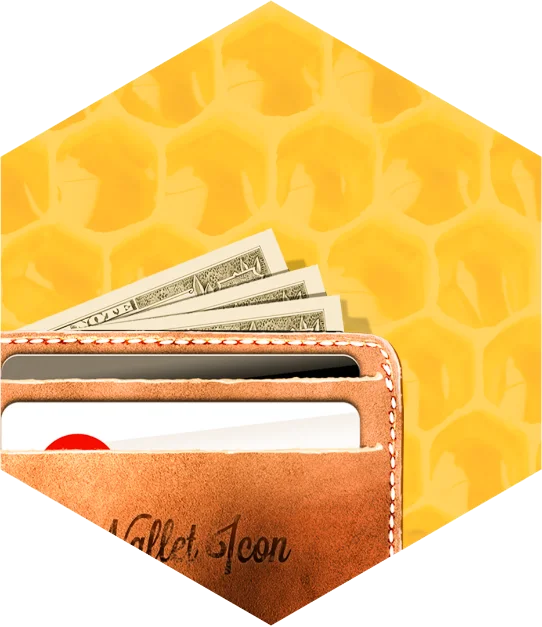
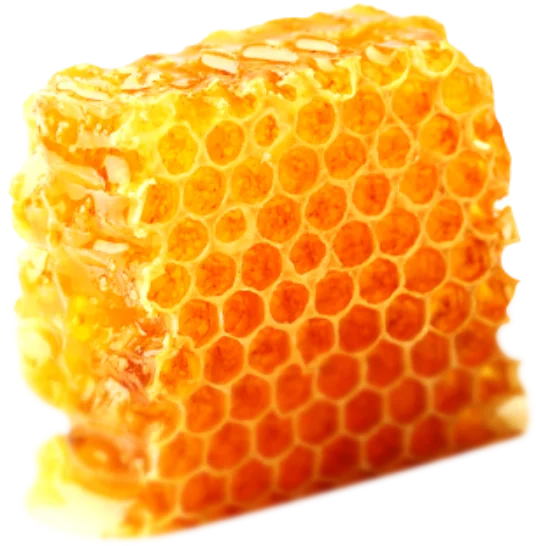
Takeaway
Honeycomb is wholly edible. As it contains honey in its rawest form, it not only offers deliciousness but provides all beneficial nutrients and enzymes that assist in keeping up good health. You can chew it, swallow out or spit out after eating the honey. Spread it or cut it into pieces and add to your favorite dishes to make them more flavorful. Buy the finest grade honeycomb that we bring straight from the beehive, untouched and pure keeping all beneficial nutrients intact. Most of all, enjoy it!
What’s the buzz, Join the hive !
SIGN UP TO OUR NEWSLETTER
Be the first to know about our hot deals, new arrivals.


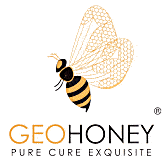
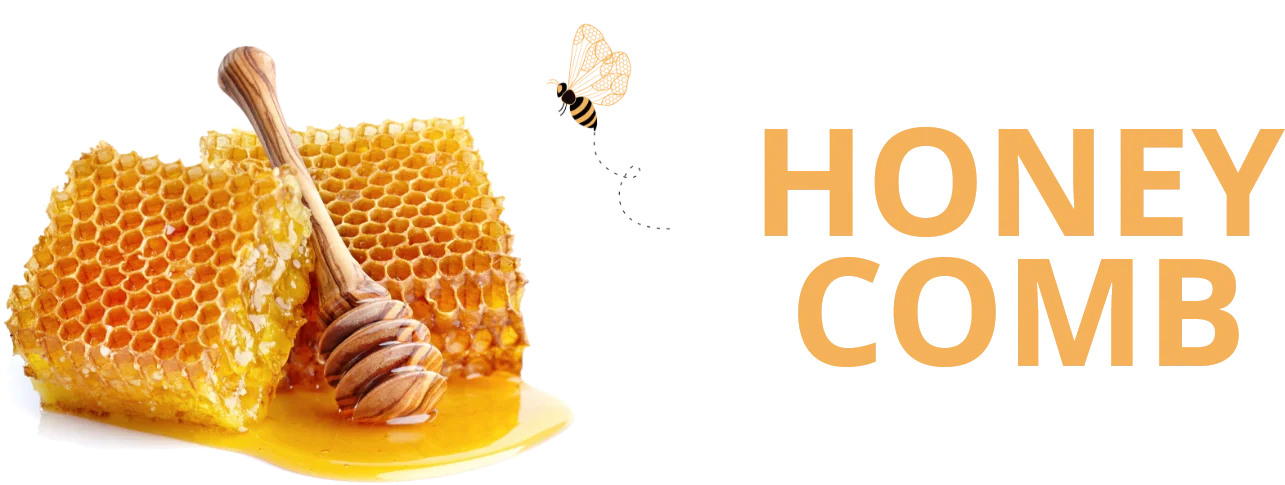


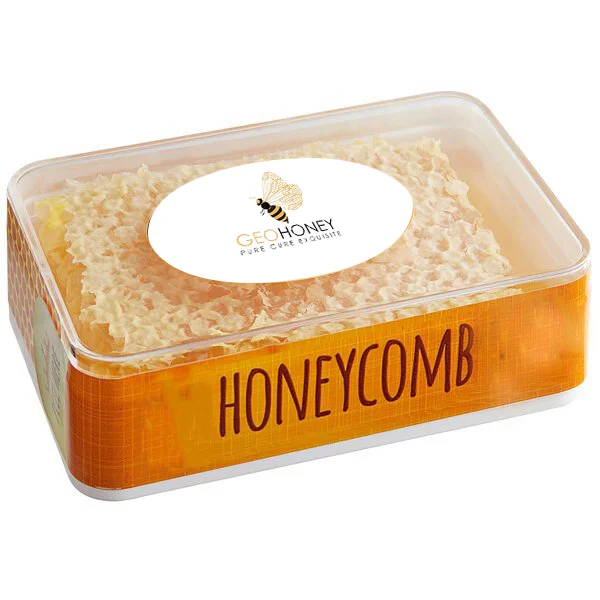
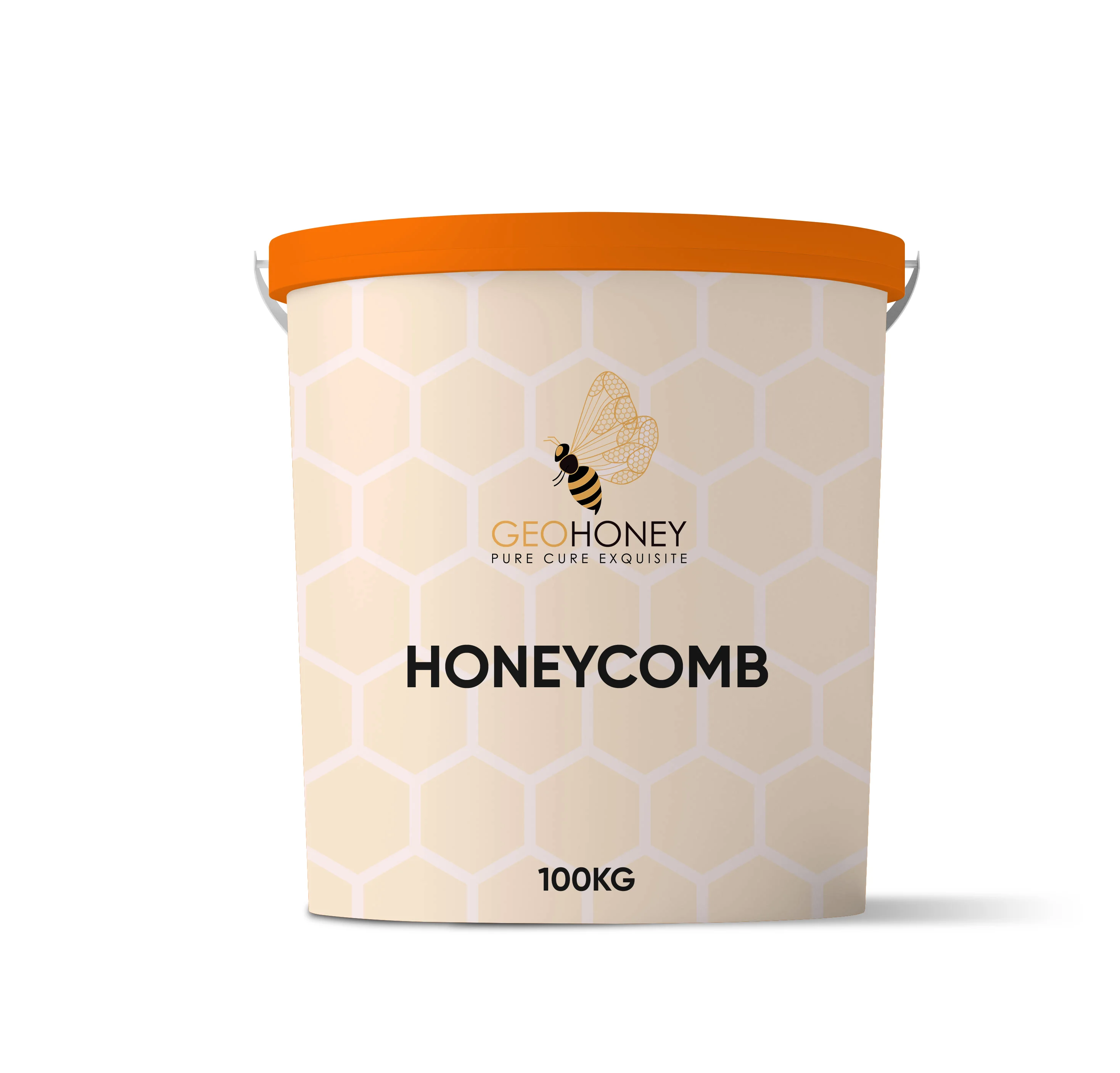


 Pay By Cards
Pay By Cards
 PayPal
PayPal
 Stripe
Stripe
 Other Payment Methods
Other Payment Methods







